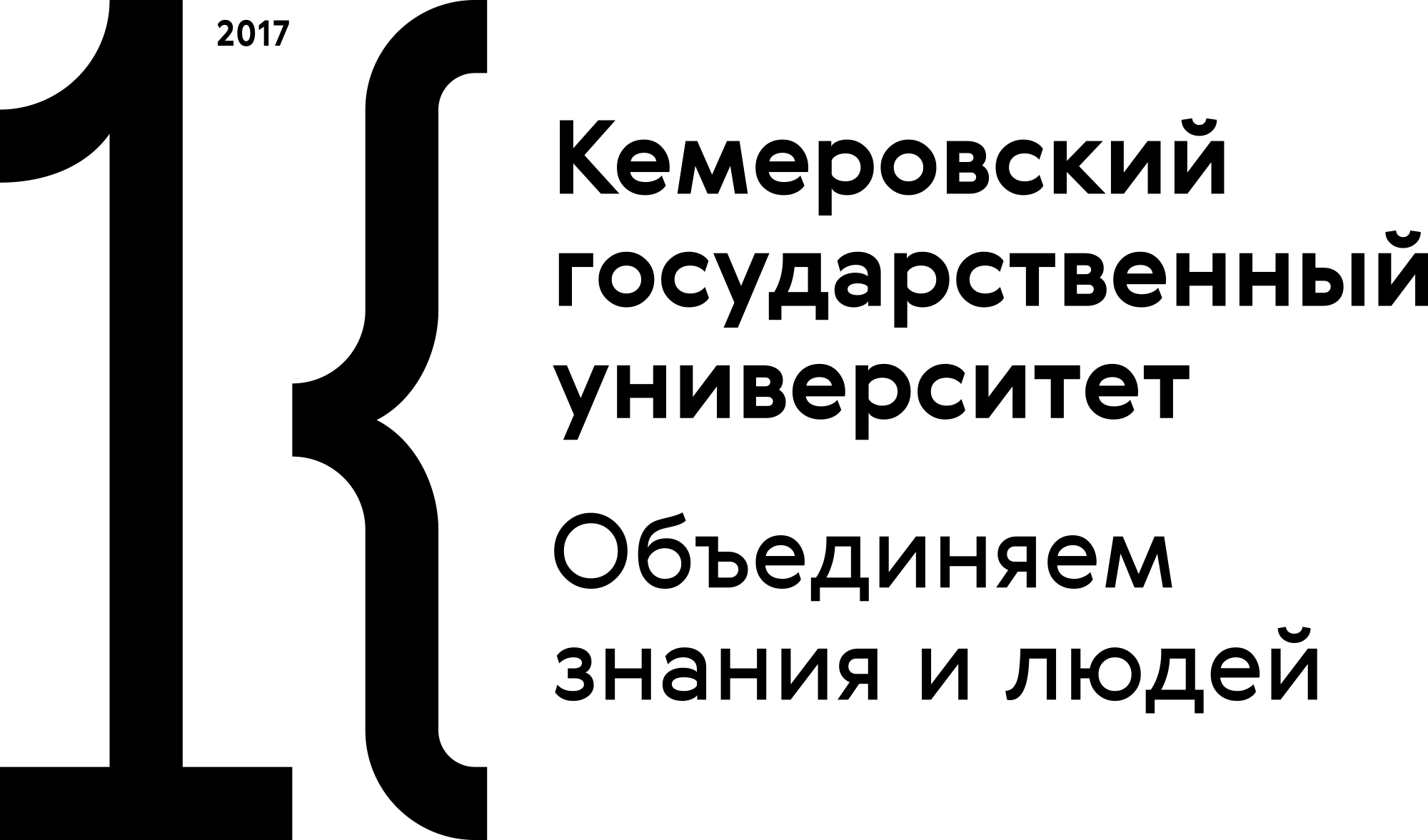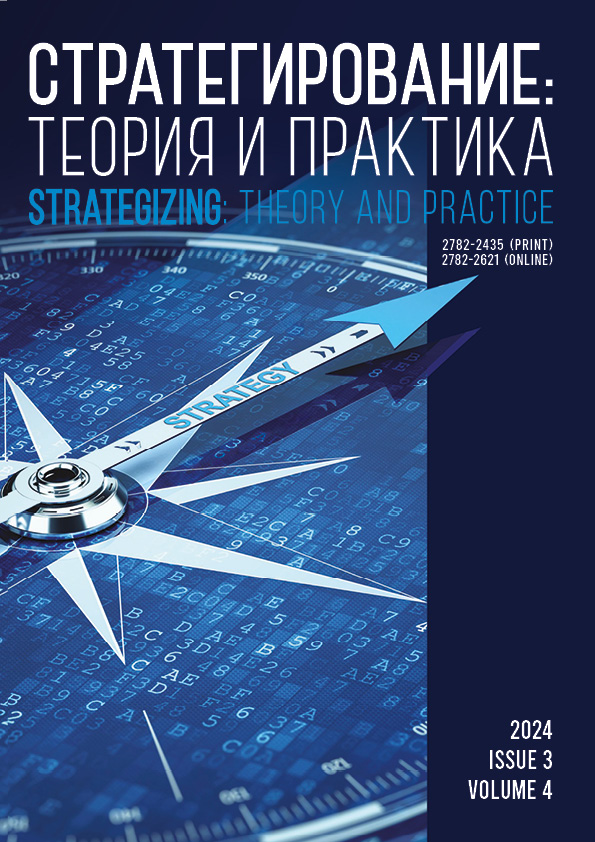Vologda, Russian Federation
The Russian tourism industry gets its current development impulse from reorientation to domestic tourism. Domestic tourism demand depends on the growth of prices for tourist transport services. In this regard, automobile tourism is a sensible solution for household and corporate budgets. The Vologda Region with its historical, cultural, and natural potential has good prospects for auto-tourism. The study identifies strategic priorities for the development of auto-tourism, which could increase the tourist traffic and tour service consumption in the region. The cartographic analysis of road infrastructure revealed the following obstacles to the development of auto-tourism: bad quality of roads, uneven distribution of roadside service facilities on the main tourist routes, and geographical remoteness of tourist attraction centers. The analysis of trends and factors of external and internal environment made it possible to identify the strategic priorities for the development of auto-tourism in the Vologda Region. The author formulated the concept of roadside service facilities development as a tool for the implementation of the priorities identified above.
auto-tourism, Vologda Region, strategizing, strategic priorities, transport infrastructure, competitive advantages
1. Anikin EN. Actual problems of conformity of the Russian transport complex development with modern requirements of the tourism industry. Service Plus. 2016;3(10):18–27. (In Russ.) https://doi.org/10.12737/21119
2. Bystrov SA. Vnutrenniy turizm kak strategicheski vazhnoye napravleniya razvitiye turistskogo rynka RF [Domestic tourism as a strategically important direction in the development of the tourism market of the Russian Federation]. Koncept. 2016,15:966–970. (In Russ.)
3. Kvint VL. The concept of strategizing. Vol. 1. St. Petersburg: NWIM RANEPA; 2019. 132 p. (In Russ.)
4. Kvint VL. Development of strategy: scanning and forecasting of external and internal environment. Administrative Consulting. 2015;7:6–11. (In Russ.)
5. Kvint VL. The global emerging market: strategic management and economics. Moscow: Biznes atlas; 2012. 627 p. (In Russ.)
6. Leonidova EG, Sidorov MA. Structural changes in the economy: searching for sectoral drivers of growth. Economic and Social Changes: Facts, Trends, Forecast. 2019;12(6):166–181. (In Russ.) https://doi. org/10.15838/esc.2019.6.66.9
7. Lukin EV, Leonidova EG, Sidorov MA. Boosting domestic demand as a driving force of economic growth (on the example of domestic tourism sphere). Economic and Social Changes: Facts, Trends, Forecast. 2018;11(4):125–143. (In Russ.) https://doi.org/10.15838/esc.2018.4.58.8
8. Orlova VS, Leonidova EG. The tourist potential of the Vologda region. Problems of Territory's Development. 2011;4(56):51–57. (In Russ.)
9. Potapov IA. Methodological approaches to the analysis of transport-geographical location of recreational objects (the example of Arkhangelsk region). Services in Russia and Abroad. 2016;10(4):43–55. (In Russ.) https://doi.org/10.12737/20182
10. Rumyantsev NM, Leonidova EG. Asymmetry problems of structural shifts in regional economy. Economic and Social Changes: Facts, Trends, Forecast, 2020;13(6):169–183. (In Russ.) https://doi.org/10.15838/esc.2020.6.72.10
11. Chkhotua IZ, Khvorostyanaya AS, Sadovnichaya AV, Pyatovsky AA, Yumatov KV, Shevchuk AV, et al. Strategizing of the tourism and trade show industries in Kuzbass region. Kemerovo: Kemerovo State University; 2021. 371 p. (In Russ.) https://doi. org/10.21603/978-5-8353-2718-8
12. Leonidova EG, Lukin EV, Rumyantsev NM, et al. Turizm kak faktor sotsialno-ekonomicheskogo razvitiya territoriy [Tourism as a factor of socio-economic development of territories]. Vologda: Vologodskiy nauchnyy tsentr Rossiyskoy akademii nauk; 2023. 149 p. (In Russ.)
13. Uskova TV, Dubinicheva LV, Orlova VS. Sotsialno-ekonomicheskiy resurs turizma [Social and economic resource of tourism]. Vologda: ISEHRT RAN; 2011. 182 p. (In Russ.)
14. Chkhotua IZ, Vlasyuk LI. Strategic analysis of the region's competitive advantages in the context of industrial tourism development. Strategizing: Theory and Practice. 2021;1(2):190–205. (In Russ.) https://doi. org/10.21603/2782-2435-2021-1-2-190-205
15. Shteingoltz BI, Nazarkina VA. Automobile Tourism in Modern Russia: Growth Point. Russian Journal of Social Sciences and Humanities. 2015;4(22):225–231. (In Russ.)
16. Yumatov KV, Metelitsa VA, Cherdantsev SA. Strategizing the development of tourism and hospitality industry in the Guryevsk area of the Kemerovo region. Strategizing: Theory and Practice. 2023;3(2):187–206. (In Russ.) https://doi.org/10.21603/2782-2435-2023-3-2-187-206
17. Briedenhann J, Wickens E. Tourism routes as a tool for the economic development of rural areas – vibrant hope or impossible dream? Tourism Management. 2004;25(1):71–79. https://doi.org/10.1016/S0261-5177(03)00063-3.
18. Canh NP, Thanh SD. Domestic tourism spending and economic vulnerability. Annals of Tourism Research. 2020;85:103063. https://doi.org/10.1016/j.annals.2020.103063.
19. Niemeier DA. Accessibility: an evaluation using consumer welfare. Transportation. 1997;24:377–396. https://doi.org/10.1023/A:1004914803019
20. Sica L, Deflorio F. Estimation of charging demand for electric vehicles by discrete choice models and numerical simulations: Application to a case study in Turin. Green Energy and Intelligent Transporation. 2023;2(3):100069. https://doi.org/10.1016/j.geits.2023.100069






